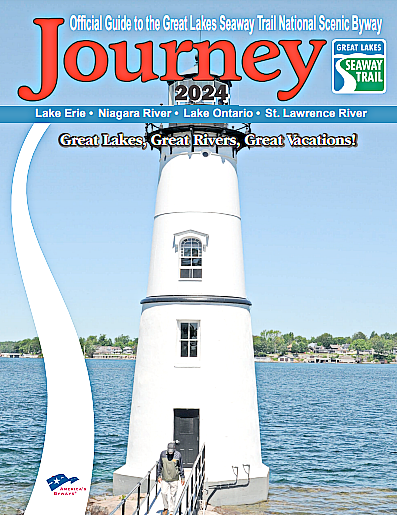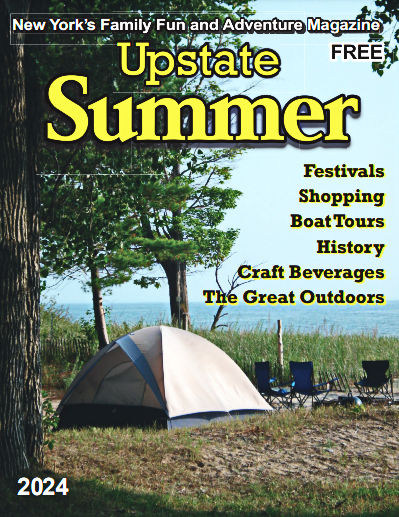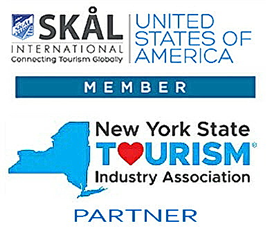- + LET'S GO THERE
- SKIING / WINTER ADVENTURE
- + THINGS TO DO
- + TOURS
- + WINE & DINE
- + STAY
- CALENDAR
- + MAPS, BLOGS & MORE
- Site Search
Protect Your Favorite Outdoor Spaces This Winter
posted by SLELO PRISM at 2024-12-31 15:35:00
Winter is here and there’s many fun activities that you can enjoy this season like snowshoeing, cross country skiing, ice fishing and much more! SLELO PRISM has some great tips for you to consider while you’re spending time outdoors this winter to protect your favorite hiking trails, forests, and waterways from invasive species. Through their Pledge to Protect program, you can subscribe to monthly email blogs featuring more tips like this and earn prizes for taking actions to protect your favorite outdoor places now and for generations to come.
Follow These Actions to Protect Your Favorite Outdoor Spaces This Winter.
WHILE SNOWSHOEING, CROSSCOUNTRY SKIING
The next time you hit the trails for a nice snowshoeing or cross-country skiing trip keep an eye out for two invasive species that you can spot even in the winter. 
Hemlock woolly adelgid (HWA) (Tsuga canadensis), an invasive insect that threatens hemlock trees. Hemlocks are an important tree species that provide many ecological services that benefit people and nature. The winter is a perfect time to look for HWA because this is when the insect forms a white woolly mass around its body—making it easier to detect. You can look for these masses on the underside of hemlock tree branches where the needle connects to the branch.
 If you think you have found hemlock wooly adelgid please follow these steps.
If you think you have found hemlock wooly adelgid please follow these steps.
- Take clear photos of the white woolly masses of HWA.
- Note your location (GPS coordinates)
- Submit a report to iMapInvasives (mobile app or website)
- Or contact your local NYS Department of Conservation office.
You can get hands-on training on how to survey for hemlock woolly adelgid by joining guided hikes with SLELO PRISM. View the 2025 hike schedule to register.
 If you can’t make a training, don’t worry, you can survey for HWA on your own and win prizes by participating in SLELO PRISM’s Virtual Hike Challenge.
If you can’t make a training, don’t worry, you can survey for HWA on your own and win prizes by participating in SLELO PRISM’s Virtual Hike Challenge.Take these steps to participate now through March 2025:
Step 1: Sign up to participate at rebrand.ly/SLELO_VHC (we'll send you a prize!)
Step 2: Take a hike and look for signs of HWA (we have a map of suggested trails.)
Step 3: Report your observations to NY iMapInvasives
Step 4: Share a post of your survey experience on social media including the hashtag #VirtualHikeChallenge @sleloprisminvasives.
 Beech leaf disease (BLD) is another invasive species that you can keep an eye out for this winter. BLD is a tree pathogen that deforms the leaves of beech trees reducing photosynthesis. BLD is believed to be caused by the nematode Litylenchus crenatae mccannii; it is unknown if the nematode causes all the damage or whether another pathogen such as a bacteria, fungus, or virus is associated.
Beech leaf disease (BLD) is another invasive species that you can keep an eye out for this winter. BLD is a tree pathogen that deforms the leaves of beech trees reducing photosynthesis. BLD is believed to be caused by the nematode Litylenchus crenatae mccannii; it is unknown if the nematode causes all the damage or whether another pathogen such as a bacteria, fungus, or virus is associated.BLD symptoms appear in the leaves including, striping, curling, or a leathery texture. These signs may be visible year-round, as some beech trees have marcescent leaves that remain on the tree throughout the winter. The dark bands of BLD are most noticeable on the underside of leaves and you may see them by looking up into the canopy or holding leaves up to the light.
 If you think you have found beech leaf disease, follow these steps:
If you think you have found beech leaf disease, follow these steps:
- Take a photo of the leaf or leaves showing symptoms; photos of leaves held up to the light or taken through the canopy, make it easier to identify BLD symptoms.
- Submit a report to iMapInvasives (mobile app or website). Beech leaf disease is listed as the nematode Litylenchus crenatae maccannii.
- If you can’t use iMapInvasives, you can email details to foresthealth@dec.ny.gov, or call the Forest Health Hotline at 1-866-640-0652.
- Learn more about BLD
 WHILE ICE FISHING
WHILE ICE FISHINGNext time you hit the ice to fish, keep an eye out for invasive fish. Invasive fish outcompete native fish and disrupt the aquatic food web. Impacts of invasive fish can reduce fish populations which can have negative effects on the fishing industry.
Invasive fish can be intentionally introduced as sport fish or food sources or dumped into waterways as unwanted aquarium pests. They can also be unintentionally spread by the bilge water of boats or by people who unknowingly use an invasive juvenile fish as bait.
You can help by keeping an eye out for invasive fish and reporting sightings. Learning of the presence of invasive fish early on before populations grow will reduce their impacts and strengthen management efforts.
How You Can Help:
- Learn to recognize invasive fish threatening the St. Lawrence Eastern Lake Ontario region.
- Keep an eye out for invasive fish while fishing and enjoying the water.
- Report sightings of invasive fish you encounter to iMapInvasives.org.
- Dispose of unwanted aquarium animals and plants in the garbage, not in waterbodies.
- Use local bait and dispose of unused bait in the trash or above the waterline on dry land.
- Clean, drain and dry your boat and equipment.

GET INVOLVED
This New Year make a resolution that not only makes you feel good but helps to protect vital ecosystems! You can join invasive species removals, restoration plantings, aid early detection efforts and much more! Sign up today to be notified of upcoming volunteer opportunities with SLELO PRISM.
Did you enjoy this article?
Take the Pledge to Protect and get monthly email blogs showcasing actions you can take to protect your favorite hiking trails, paddleways, forests, garden, and community from the impacts of invasive species! The Pledge to Protect was developed by the St. Lawrence Eastern Lake Ontario Partnership for Regional Invasive Species Management (SLELO PRISM) as a resource intended to inform and inspire you to protect your lands and waters from the impacts of invasive species.
About Invasive Species
Invasive species are non-native species that cause harm to the environment, economy, or human health. Invasive species are easily spread by people and can have huge consequences when introduced to natural ecosystems.
About SLELO PRISM
The St. Lawrence–Eastern Lake Ontario Partnership for Regional Invasive Species Management (SLELO PRISM) is one of eight PRISMs that span the state of New York. The PRISM network stemmed from recommendations from the NYS Invasive Species Task Force in 2005 and became fully established in 2014. PRISMs are funded by the NYS Environmental Protection fund in coordination with the NYS Department of Environmental Conservation and various partners. PRISMs have made tremendous progress towards preventing the introduction and spread of invasive species and mitigating the impacts of existing invasive species within the state.
SLELO PRISM is hosted by The Nature Conservancy and was formally recognized by NYS in 2011. Their mission is to protect native habitats, biodiversity, natural areas, and freshwater resources, utilizing a collaborative and integrated approach to invasive species management with an emphasis on prevention, early detection, rapid response, education, and outreach.
posted at: 2024-12-31 15:35:00, last updated: 2025-01-14 18:58:42
















